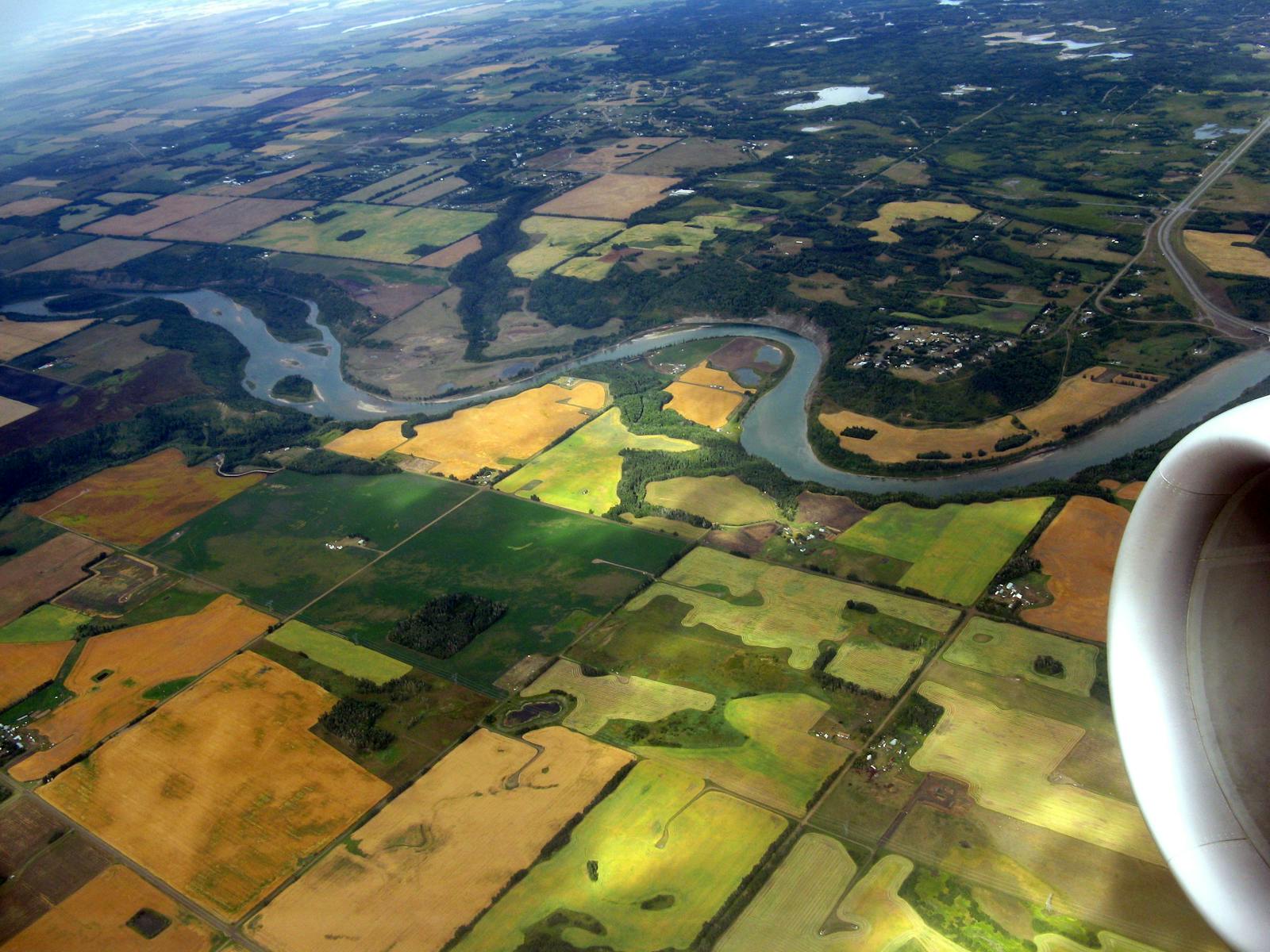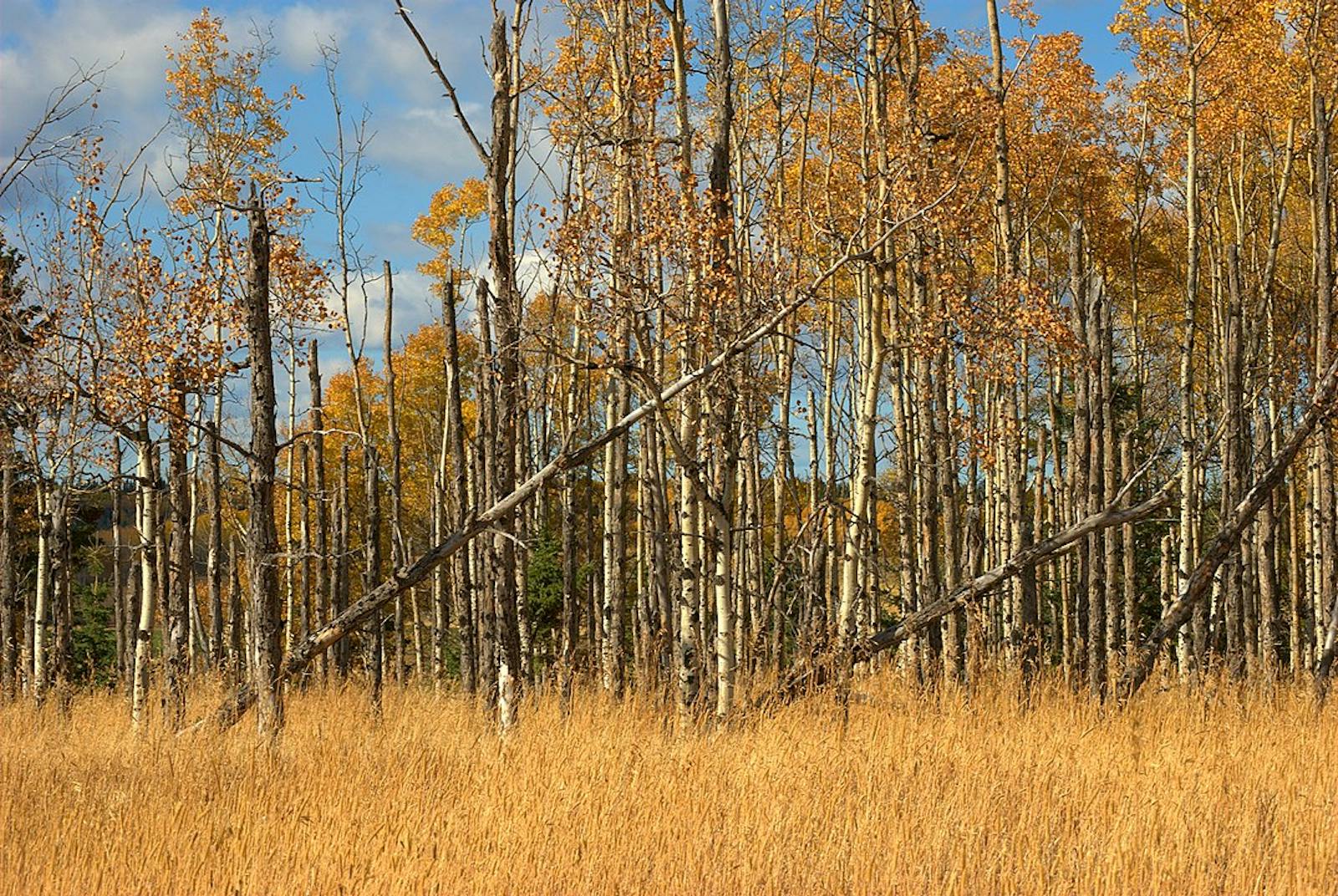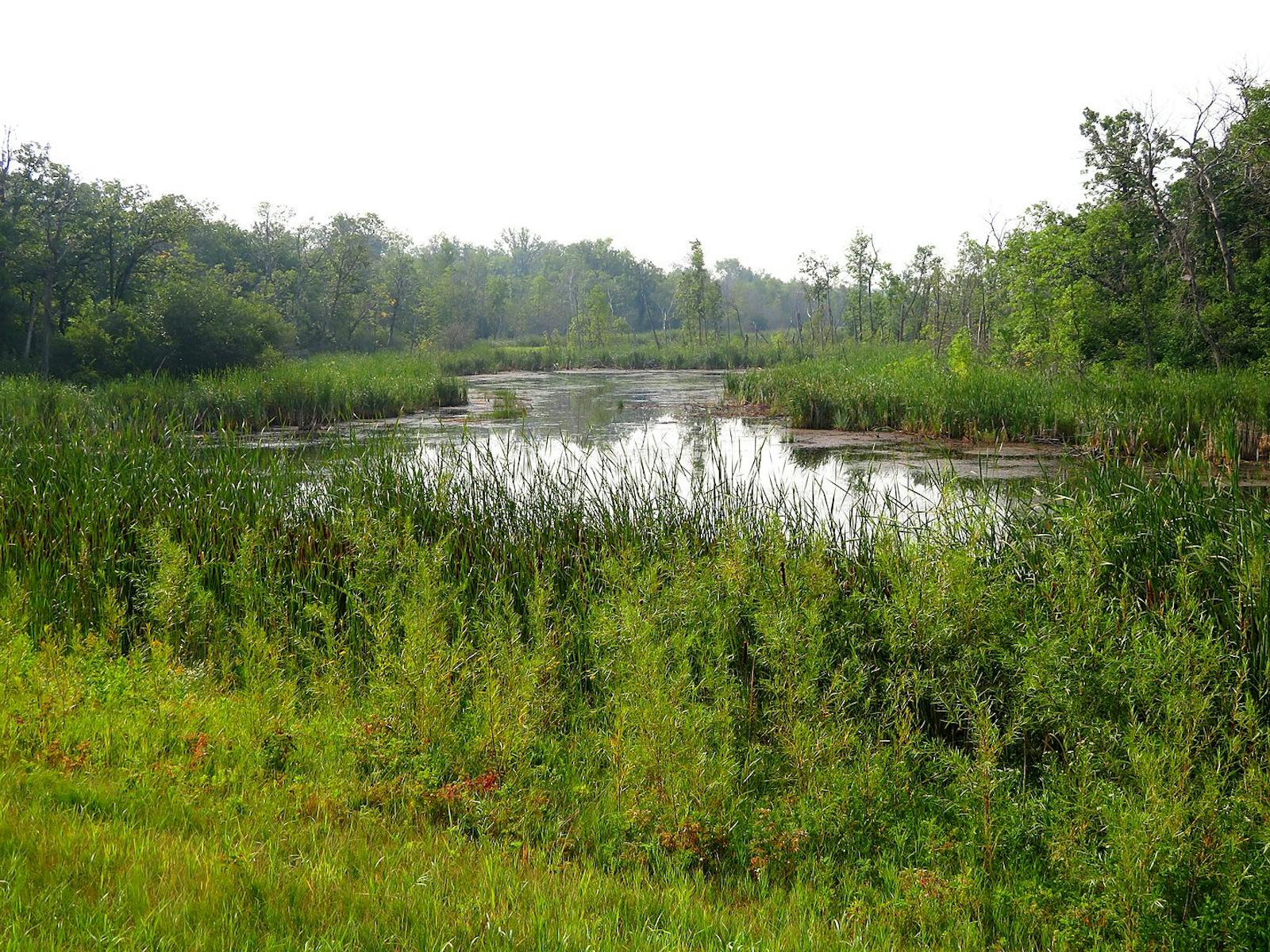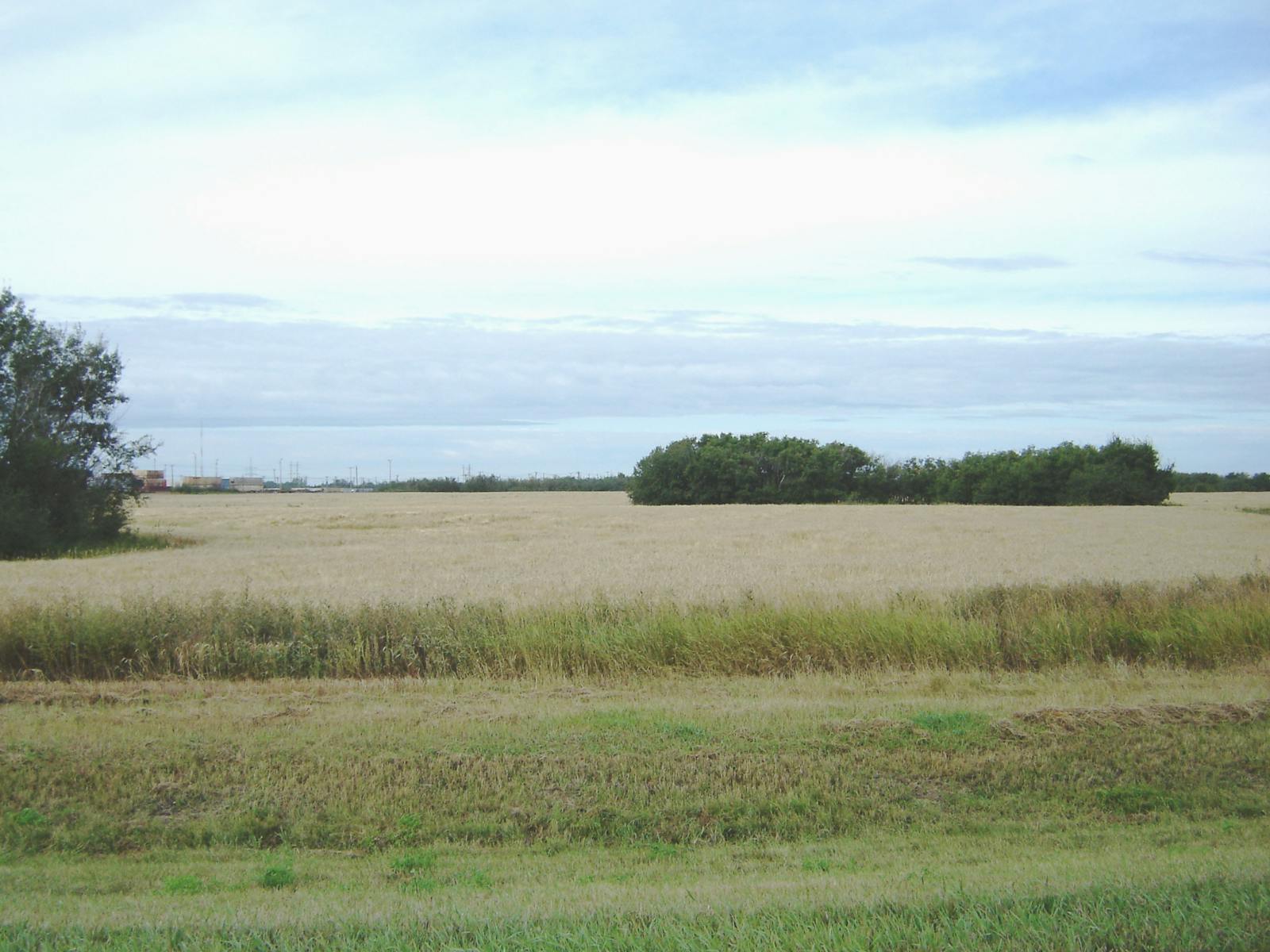Canadian Aspen Forests and Parklands
The ecoregion’s land area is provided in units of 1,000 hectares. The conservation target is the Global Safety Net (GSN1) area for the given ecoregion. The protection level indicates the percentage of the GSN goal that is currently protected on a scale of 0-10. N/A means data is not available at this time.
Bioregion: Northern Prairie & Aspen Forests (NA12)
Realm: Northern America
Ecoregion Size (1000 ha):
32,734
Ecoregion ID:
386
Conservation Target:
5%
Protection Level:
8
States: United States: SD, MN, ND. Canada: MB, SK, AB
The Canadian Aspen Forests and Parklands ecoregion is an immense region stretching from southwestern Minnesota and southeastern North Dakota, where it borders the Central Tallgrass Prairie and Upper Midwest US Forest-Savanna Transition ecoregions, northward through eastern South Dakota and eastern and central North Dakota, where it borders the Northern Tallgrass Prairie on the east and the Northern Shortgrass Prairie on the west.

The flagship species of the Canadian Aspen Forests and Parklands ecoregion is the quaking aspen. Image credit: Creative Commons
From the Dakotas, it sweeps northward and westward across Manitoba and Saskatchewan, bordering the Northern Tallgrass Prairie on the east, the Mid-Canada Boreal Plains Forests on the north, and the Northern Shortgrass Prairie on the south. Finally, the ecoregion continues westward across Alberta and southward to the vicinity of Calgary, where it is bordered by the Montana Valley and Foothill Grasslands on the east and the Alberta-British Columbia Foothills Forests on the west.
The ecoregion also has a disjunct occurrence in the Cypress Hills of southwestern Saskatchewan and southeastern Alberta, where it is surrounded by the Northern Shortgrass Prairie. As presently defined, it includes two former World Wildlife Fund ecoregions: the Canadian Aspen Forests and Parklands and the Northern Mixed Grasslands. With such broad geographic scope, the Canadian Aspen Forests and Parklands ecoregion is highly diverse ecologically. Perhaps surprisingly, given its northern location and ostensible remoteness, it has been rather heavily converted to crop agriculture. Still, this ecoregion is ecologically significant, especially for being the most extensive boreal-grassland ecotone (transition) in the world.
The climate of the Canadian Aspen Forests and Parklands varies considerably, given its latitudinal and longitudinal extent, but it is largely subhumid cold temperate to low boreal, with warm, short summers and long, cold winters. Summers range from 13 to 16°C in the core of the region, with winters ranging -14.5 to -12.5°C. Annual precipitation is mostly in the 375–700 mm range. Much of the region is undulating or kettled terrain underlain by Cretaceous shale covered by calcareous glacial till with many glacial features and glacial lacustrine (lake) deposits.
The vegetation is a mosaic of prairie and aspen/poplar groves or woodlands that include quaking aspen and secondarily balsam poplar. White spruce and balsam fir are considered climax species but are uncommon because of frequent fire. Jack pine is present on dry, sandy sites, as is lodgepole pine in some areas. Common large shrubs include red-osier dogwood, beaked willow, saskatoon berry, chokecherry, and pincherry, whereas small shrubs include prickly rose, snowberry, beaked hazelnut, and highbush cranberry. Common herbs are Lindley’s aster, northern bedstraw, pea vine, western Canada violet, dewberry, and bunchberry.
Grassland wildflowers include cut-leaf anemone, rock cress, creeping white prairie aster, milk vetch, late yellow locoweed, tiger lily, prairie crocus, and many others. Poorly drained sites feature sedges, willows, some black spruce, and tamarack (eastern larch). The proportion of forest to grassland has increased in areas not affected by agriculture as a result of fire exclusion and planting of trees for windbreaks.
Some of the most extensive waterfowl breeding habitat in North America occurs in this ecoregion, along with the northern breeding distributions of many warblers. Characteristic birds and mammals include white-tailed and black-tailed deer, moose, black bear, wolf, coyote, marten, mink, red fox, snowshoe hare, northern pocket gopher, Franklin’s ground squirrel, sharp-tailed grouse, ruffed grouse, black-billed magpie, Franklin’s gull, and American white pelican.
A number of high-quality protected areas occur throughout the ecoregion, but they are not enough. Only 4% of the ecoregion is protected and less than 1% natural habitat remains outside protected areas. Priority conservation actions for the next decade are to: 1) expand the existing protected areas in the ecoregion and acquire additional areas to better represent the full range of ecosystem types and provide enhanced connectivity among reserves; 2) improve management of existing conservation lands as well as private lands; and, 3) reduce agricultural expansion, aspen pulpwood harvest, and oil and gas development.
Citations
1. Ricketts, T.H. et al. 1999. Terrestrial Ecoregions of North America: A Conservation Assessment. Island Press, Washington, D.C.
2. Aspen parkland. https://en.wikipedia.org/wiki/Aspen_parkland
3. Aspen parkland forest. Nature Conservancy of Canada. http://www.natureconservancy.ca/en/what-we-do/forest-conservation/aspen-parkland-forest.html






